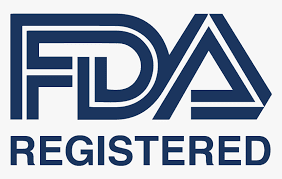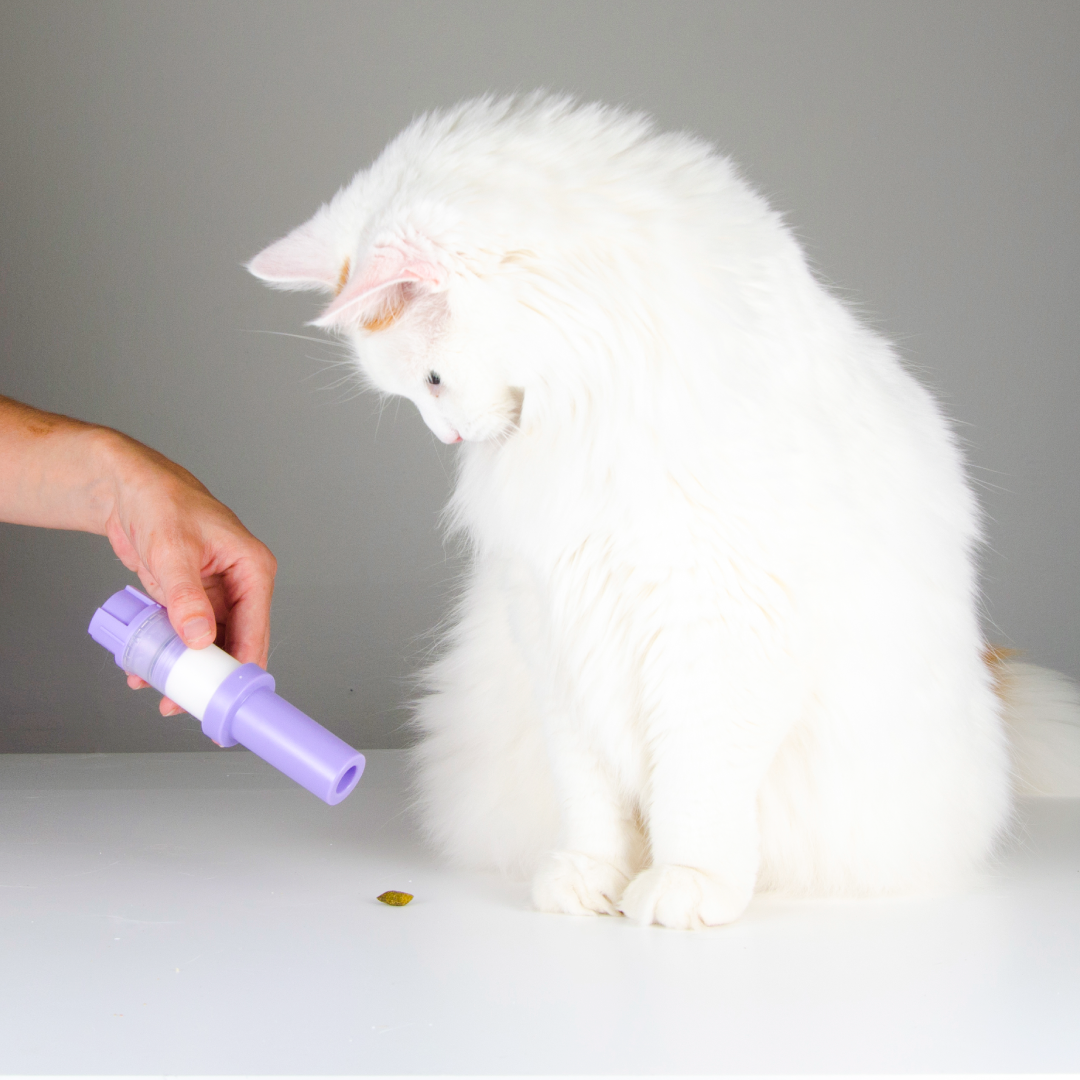


TICKER®-X PEN: Preliminary Accuracy Data
As we approach the finish line, we are focusing on the accuracy of the TICKER® X PEN. Specifically, we are examining each click and assessing the dosage-per-click. Below, you’ll find preliminary accuracy data obtained by a pharmacy technician using PCCA’s Lipoderm base.

TICKER®-X PEN: Features a Treat Chamber to hold a pet treat, ensuring a positive experience every time.
Pharm. Tech. collecting accuracy data using the Ohaus digital scale, a clock-watch, Lipoderm® Base, and the new, TICKER® PEN.
View the TICKER® PEN new blog here.







